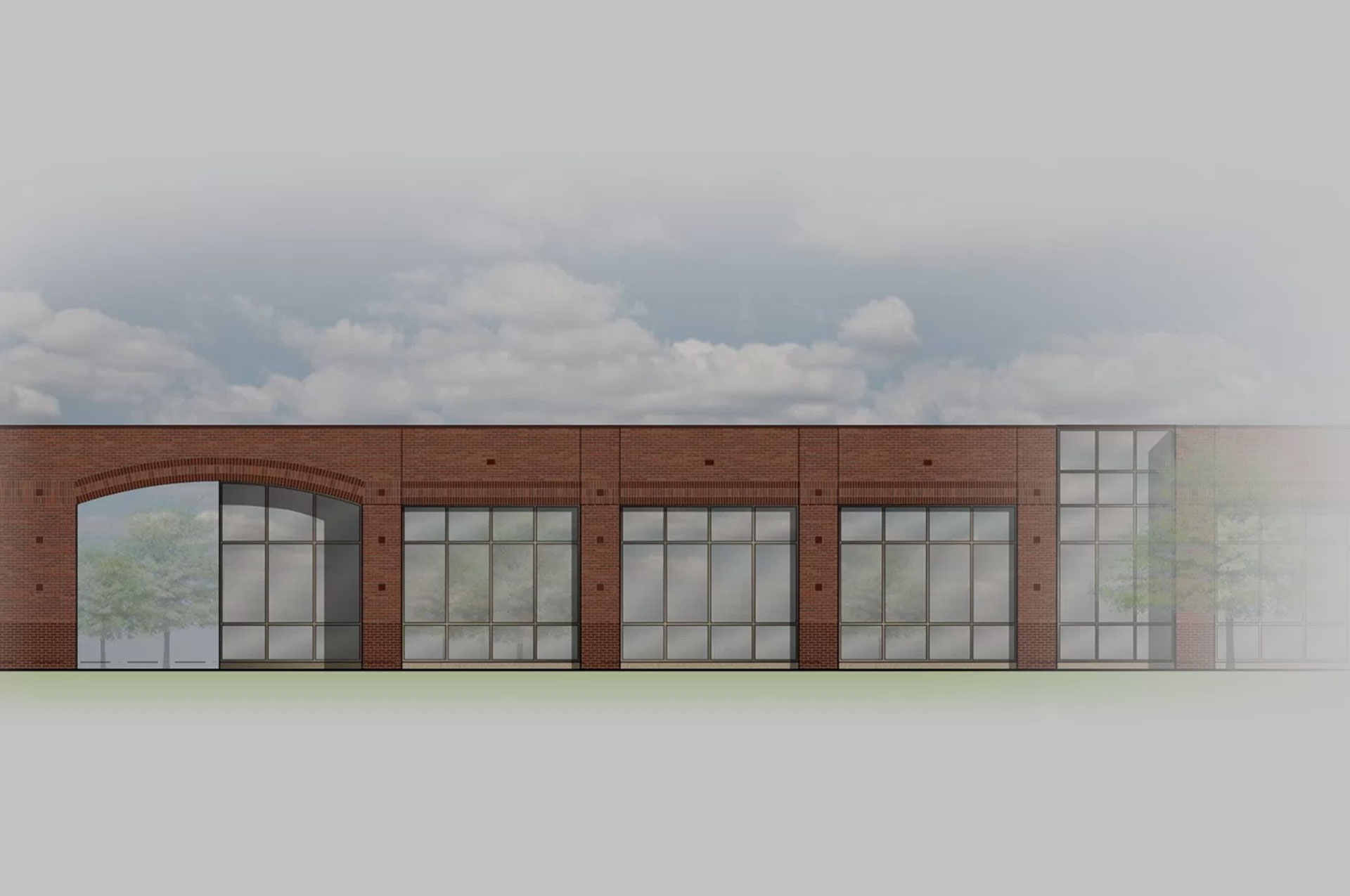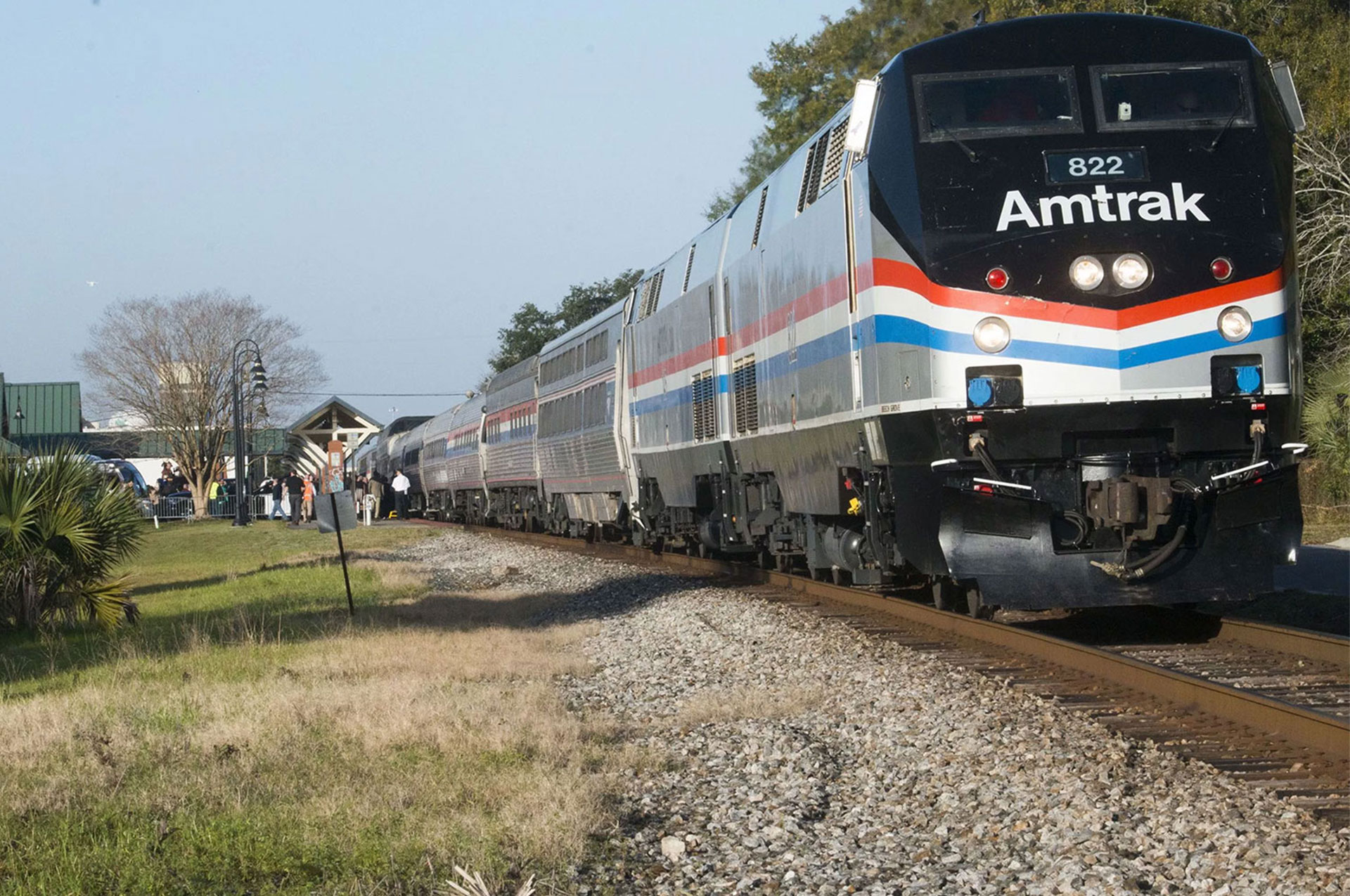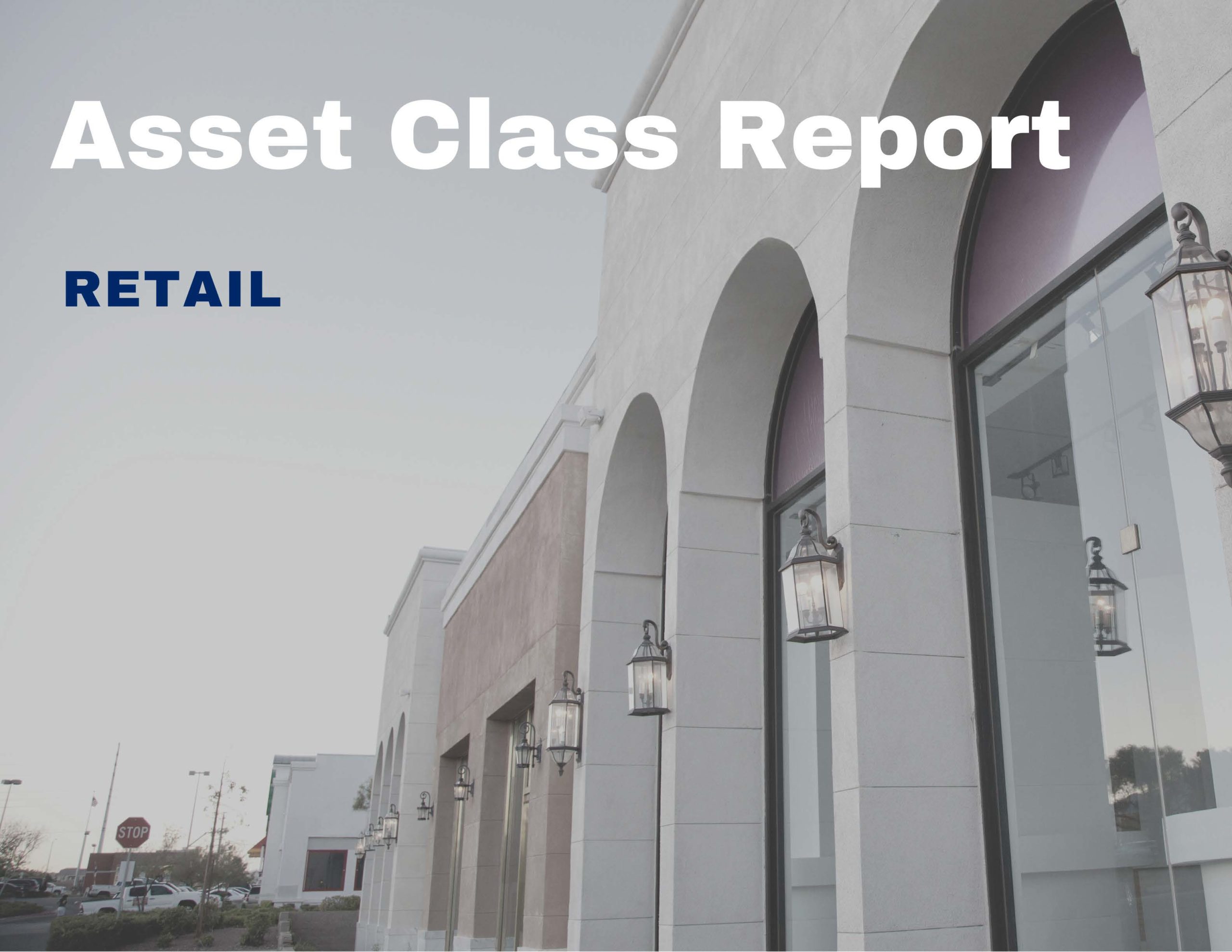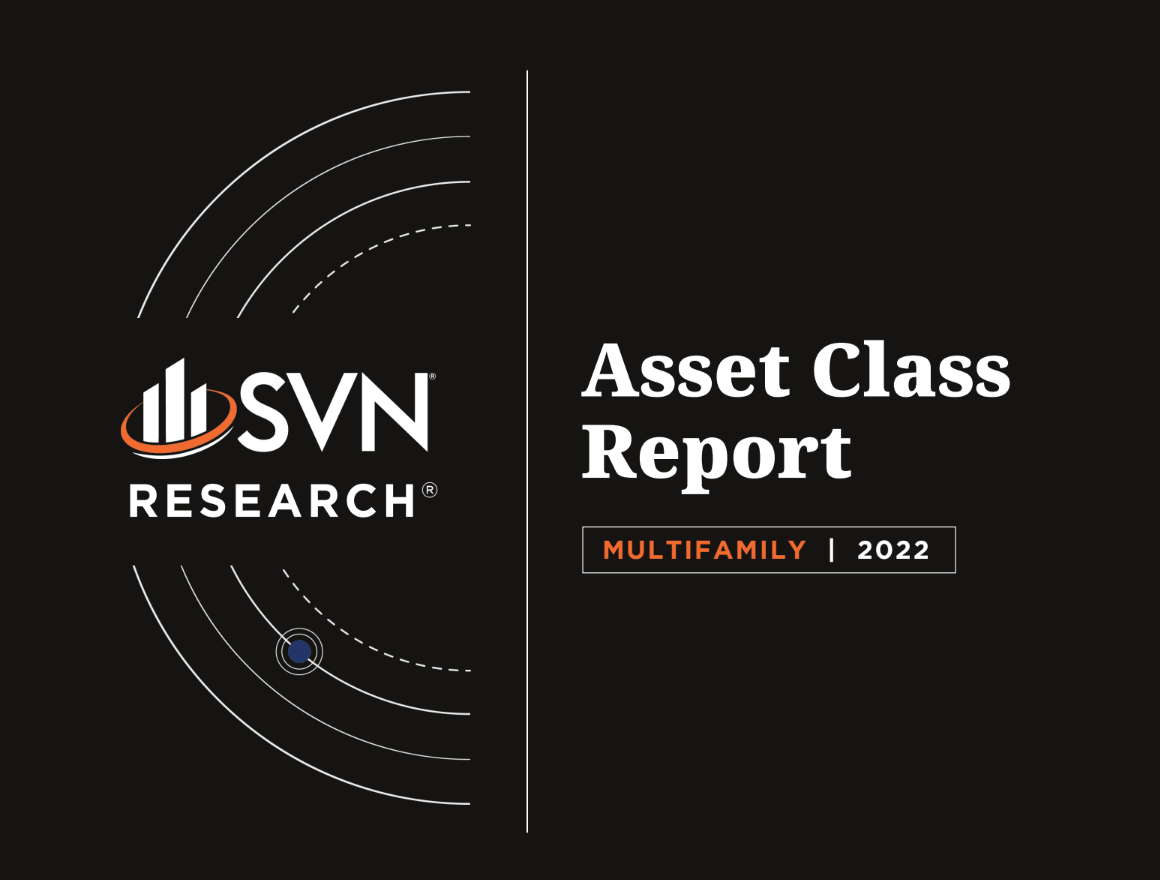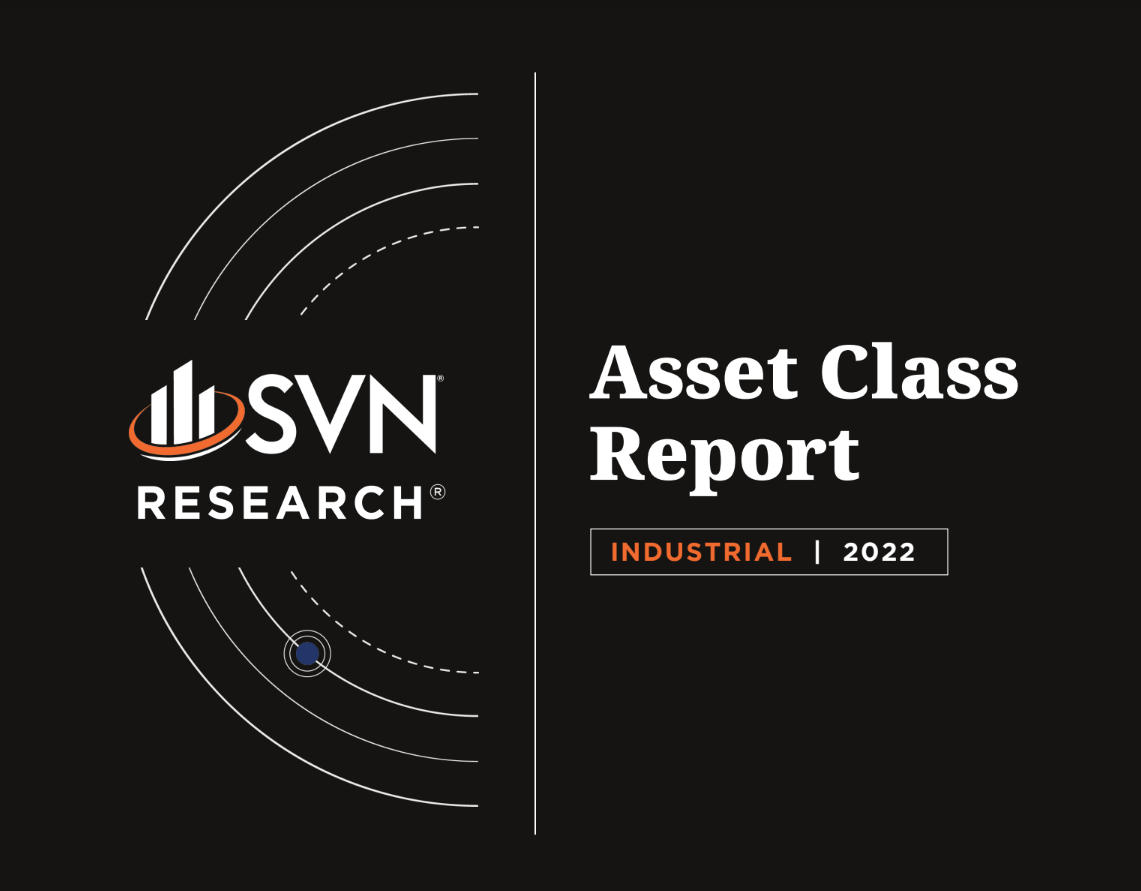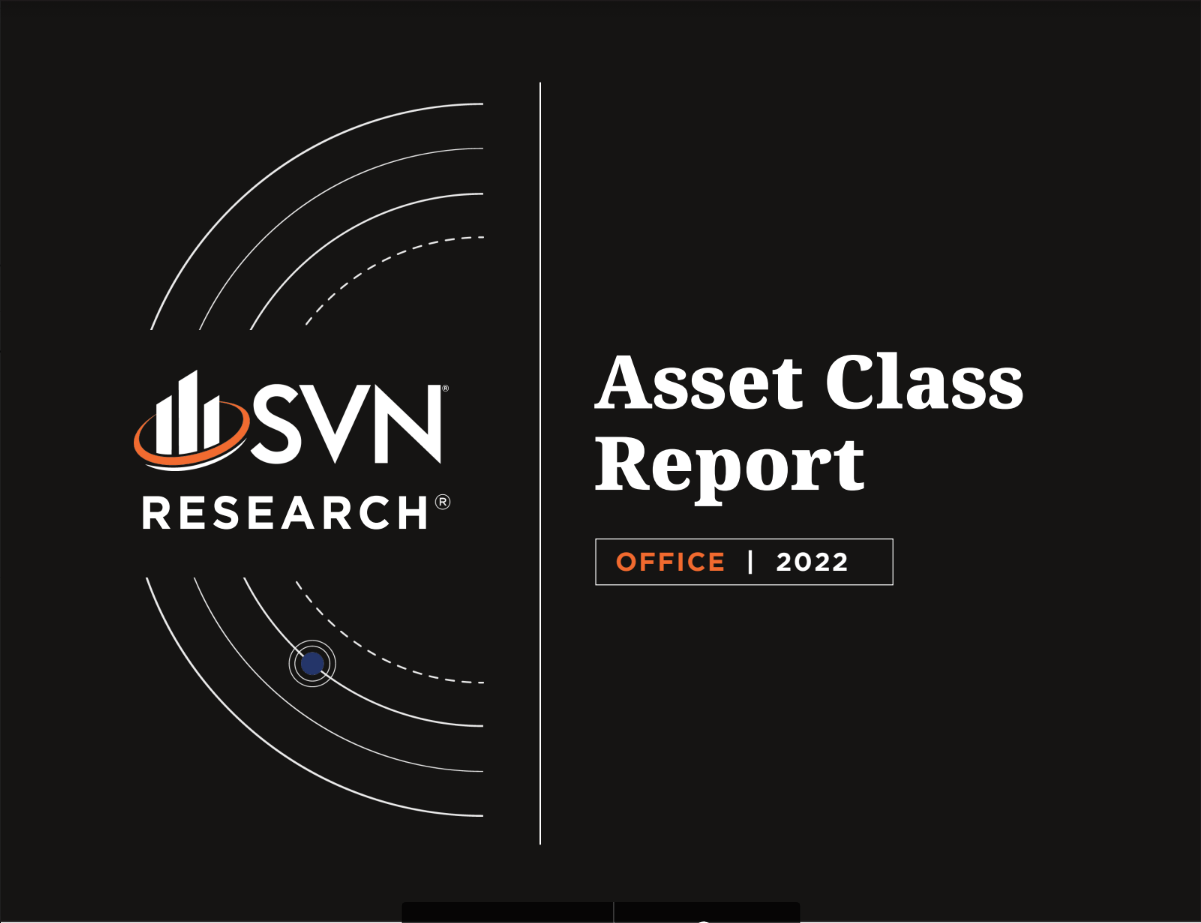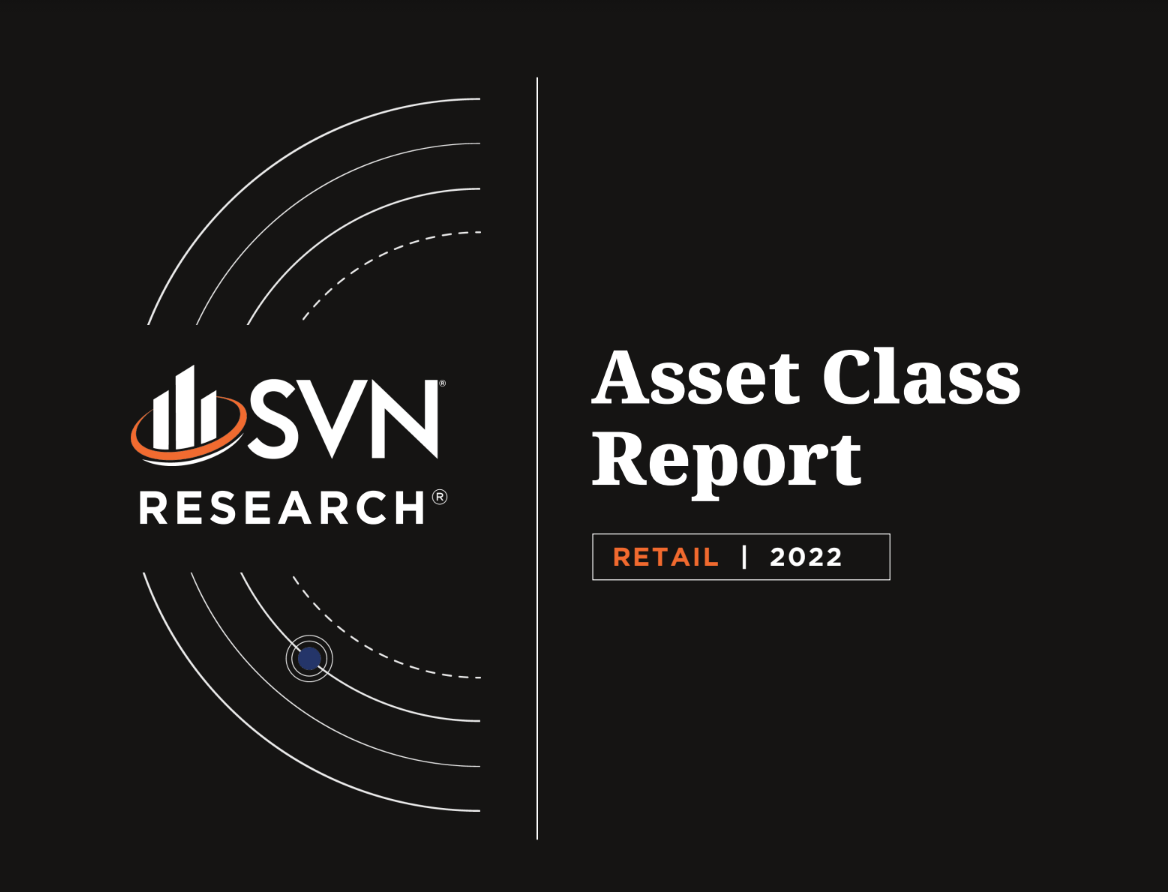admin / December 17, 2021
Commercial Real Estate Economic Update 12.17.21
Commercial Real Estate Economic Update 12.17.21
Featured topics:
- Inflation
- Holiday Spending
- Consumer Sentiment
- Eclipsing Pandemic Benefits
- Apartment Market Activity
- Adaptive Reuse
- VTS national Office Demand Index (VODI)
- Hiring Difficulties Abating
- Job Openings and Labor Turnover Survey (JOLTS)
- Home Prices and Property Taxes
Commercial Real Estate Economic Update 12.17.21 – (Download Full Report- PDF)
1. INFLATION
• The Consumer Price Index increased by 6.8% year-over-year through November 2021, the largest annual increase since June 1982. Prices climbed on a seasonally adjusted 0.8% month-over-month, 10 basis points lower than October’s increase.
• Following a recent trend, broad price increases across sectors have pushed the CPI up. Core-CPI, a slimmed-down measure that removes food and energy prices from the index calculation, increased by 4.9% year-over-year and 0.5% from October.
• Used vehicles continue to be a leading component of the inflation picture, with prices rising by 2.5% month-over-month and 31.4% since November 2020. Apparel prices also saw a notable increase, rising by 1.3% during the month.
• Among the non-core items, gasoline continues to fuel inflation rising by 6.1% in the month and a jarring 58.1% year-over-year. Energy commodities climbed by 5.9% from October and 57.5% year-over-year. Food prices also continue to feel the pressure, climbing by 0.7% in the month and 6.1% year-over-year.
2. HOLIDAY SPENDING
• After a more modest-than-expected Black Friday and Cyber Week, retailers are grappling with a new normal where consumers spend less money during the holiday season and spread their spending across several months.
• Adobe Analytics reported that Black Friday retail sales dipped to $8.9 billion in 2021, down from $9 billion in 2020. Forecasters still predict a strong holiday season, hopeful that the early-season drop-off could be made up as the December holidays approach, but broader consumer spending trends may dampen the outcome.
• An analysis by Joseph Mayans of Advantage Economics shows that retail sales during the January and October months this year shot up by 15% compared to last year, dwarfing previously observed annual increases. From 2015 to 2020, sales during these holiday months increased by an average of 4.1% each year, peaking at 6% in 2020. The large increase in 2021 may signal that consumers no longer value the discounted holiday shopping season as they once did, and retailers may have to retool their strategies moving forward.
3. CONSUMER SENTIMENT
• Consumer sentiment rose slightly in December, with the index rising to 70.4, a 4.5% gain from the month before, according to preliminary results from the University of Michigan.
• December’s level is -12.8% below December 2020’s reading but is roughly in line with the levels observed between July-October.
• According to the analysis, there was a large disparity between the monthly gains among higher-income and lower-income households. The lower third of the income distribution saw a 23.6% increase in sentiment compared to a reduction of -3.8% among the middle third and -4.3% among the top third. Large swings such as the one over-served this month among the lower-third are unusual, according to the survey’s research team, and the last time such a jump occurred was in June of 1980, where sentiment among the lower-third jumped by 29.2% in the month.
• In the survey, respondents were asked whether inflation or unemployment was their most pertinent concern. 76% of respondents indicated that inflation was their primary concern, while just 21% said unemployment. According to the report, inflation uncertainty outpaced employment uncertainty across all regions, ages, and income groups.
4. ECLIPSING PANDEMIC BENEFITS
• While several pandemic-era benefits, including the federal eviction moratorium and extended unemployment benefits, ended in recent months, there are a few that remain in place. Most notably are the student loan interest freeze and the extended child tax benefits, both of which are slated to end in January.
• Discussions around these stimulus measures have picked up in recent days as their end dates approach, and lawmakers look to pass extensions, according to reporting by Bloomberg. Senate majority leader Chuck Schumer, along with several key democrats in congress, recently called on President Biden to extend the pause on student loan payments until U.S. employment returns to pre-pandemic levels. The President’s initial indications are that he will not be supporting an extension.
• Proponents of the extension referenced a study by the Roosevelt Institute that estimates that resuming student loan payments would take $85 billion a year out of household budgets of roughly 18 million borrowers.
• Meanwhile, an extension of the pandemic-era child tax credit expansion is contained in a provision of the House-passed Built Back Better bill. However, the package is currently stuck in the Senate, facing an uncertain outcome and timing.
5. APARTMENT MARKET ACTIVITY
• Apartment market occupancy reached a new all-time high of 97.5% in November, which sits 250 points above the long-run average of 95%, according to Real Page.
• In a typical year, leasing activity rises in the spring and falls as the winter months approach, but as observed in other commercial real estate sectors, seasonal trends have been thrown off track by COVID-19.
• Effective rent prices rose 0.4% month-over-month in November, the smallest increase since January. However, in previous years, the market typically sees price cuts during the fourth quarter, so even a modest increase in rents is significant. • Nationwide, out of the 150 largest metros, 104 of them saw price increases during the month. The largest monthly increases were seen in Naples, Cape Coral, North Port/Sarasota, and West Palm Beach— all Florida metros. The largest annual increases were in West Palm Beach, Tampa, and Phoenix.
6. ADAPTIVE REUSE
• The pandemic’s influence on real estate markets over the past 19 months is driving new demand for adaptive reuse projects, where offices, factories, and other commercial buildings with high vacancies are being repurposed into apartments to meet ever-increasing housing needs.
• According to an analysis by RentCafe using data from Yardi Matrix, apartment conversions skyrocketed in 2021 compared to previous years. An estimated 20,122 apartment units were converted this year from factories, hotels, or offices— a 70% increase from 2019.
• Adaptive reuse began to gain notoriety following the Great Financial Crisis, and the market experienced steady growth throughout the recovery cycle, climbing from just 5,271 converted apartments in 2010 to a pre-pandemic peak of 15,480 conversions in 2017. While the market saw some reduction in 2018-2019, the pandemic has inserted new life into the sector as office owners attempt to mitigate the impact of work from home and lower office demand.
• In its early stages, most adaptive reuse properties were converted from hotels and factories rather than offices. In 2010, hotels accounted for 38.3% of all conversions while factories accounted for 31.3%, and offices accounted for 30.3%. Throughout the decade, the trend started to shift. In 2021, 54.1% of all conversions were from office properties, 25.0% were from factories, and just 20.7% were from hotels.
7. VODI
• The VTS national Office Demand Index (VODI) fell to 61 in October, its second consecutive monthly decline and a fall of 26 points from its August peak of 87. The metric represents current office demand as a percentage of a 2018-2019 benchmark to help quantify the effects of COVID-19 on the sector.
• The October decline runs counter to the seasonality that defined the sector pre-pandemic when demand would rise in the late summer and early fall. According to VTS, the index averaged an increase of 7.7% in October of 2018 and 2019.
• Notably, the decline in October came amid relatively strong job gains, with office-using employment in VODI’s seven core markets increasing by 5.8% on an annualized basis
• With the VODI appearing to have hit a peak in August, the analysis suggests that much of the post vaccination pent-up demand in the sector has likely been absorbed, and demand is now receding towards a new post-COVID equilibrium. • On the metro level, each of the VODI’s seven core markets saw declines in October. Seattle saw the steepest decline in demand, falling 31% from its September level. San Francisco and Boston also saw significant reductions, falling by 29% and 26%, respectively
8. HIRING DIFFICULTIES ABATING
• Recent data from the Census Bureau’s Small Business Pulse Survey signals that hiring difficulties has diminished in recent weeks. The experimental survey, which has been conducted weekly since the beginning of the pandemic, first began asking firms about hiring sentiment in the August 16th-22nd, 2021 survey.
• At the time, 34.7% of firms were reporting hiring difficulties, and the share stayed above 33% through the week ending on November 21st. During the week of November 22nd-28th, the share of firms experiencing hiring difficulties fell to 32.6% before falling again to 31.7% in the most recent survey.
• Accommodation and food services continue to face strong headwinds in their hiring efforts, with 58% of respondents indicating difficulty finding qualified candidates during the most recent survey period. However, this is a fall from the 69% that reported hiring difficulties when the survey question was first asked.
• The Utilities and Finance sectors have seen the most muted impact from tight labor market conditions, with just 10.4% and 11.7% of employers in the sector reporting hiring difficulties. However, while conditions in the Finance sector have improved over the lifetime of the survey question, hiring difficulties in the Utilities sector have increased from the initial 8.7% recorded in August.
9. JOB OPENINGS AND LABOR TURNOVER SURVEY (JOLTS)
• There were 11 million openings in the U.S. as of October 31st, the latest date of availability, according to the Bureau of Labor Statistics. Job openings continue to be at previously unheard-of levels, with the October reading roughly in line with the record reached this past July.
• Hires were little changed at 6.5 million while total separations declined to 5.9 million. Meanwhile, the quits rate saw a reduction from its September high, decreasing to 2.8%. • Taken together, employers continue to face difficulties on the hiring front despite record job openings across the economy. Regionally, there are little to no observable differences in hiring activity, while on the sector level, lower-waged, in-person positions continue to struggle the most.
• In the 12 months ending in October 2021, there were a total of 73.8 million hires and 68.1 million separations, a net change of +5.7 million.
10. HOME PRICES AND PROPERTY TAXES
• A recent analysis by Fitch Ratings attempts to forecast which states are poised to benefit from home price growth in the near and medium-term compared to others. The ranking methodology looks at a combination of home price growth and property tax revenue increases from February 2020 to June 2021 and the observed correlation between the two over this period.
• Hawaii rises to the top of the report’s rankings, with an 85% correlation between home prices and property taxes. From February 2020 to June 2021, the average home price in the Aloha State increased by 22%, while property taxes as a percent of total revenues rose by 54%.
• Connecticut ranked 2nd, with a just 67% correlation between home prices and tax revenues but a 67% increase in property taxes as a share of total revenues. Florida ranked 3rd, with just a 42% increase in property taxes as a share of revenues but a 92% correlation between home price increases and tax revenue increases.
• Alaska was left out in the cold as it ranked last, reporting just an 11% increase in home prices and a 4% correlation between home price increase and tax revenues. Maryland and Nebraska were close behind, each seeing a 16% increase in home prices but only a 1% correlation between home prices and tax revenues.
SUMMARY OF SOURCES
• (1) https://www.bls.gov/cpi/
• (2) https://business.adobe.com/resources/holiday-shopping-report.html
• (3) http://www.sca.isr.umich.edu/
• (5) https://www.realpage.com/analytics/u-s-apartment-market-continues-tighten/
• (6) https://www.rentcafe.com/blog/rental-market/market-snapshots/adaptive-reuseapartments-2021/
• (7) https://vts.drift.click/november-vodi
• (8) https://www.census.gov/data/experimental-data-products/small-business-pulse-survey.html
• (9) https://www.bls.gov/jlt/
©2021 SVN International Corp. All Rights Reserved. SVN and the SVN COMMERCIAL REAL ESTATE ADVISORS logos are registered service marks of SVN International Corp. All SVN® offices are independently owned and operated. This is not a franchise offering. A franchise offering can only be made through a Franchise Disclosure Document.
View all current SVN Southland listings here.
Meet the whole SVN Southland team
